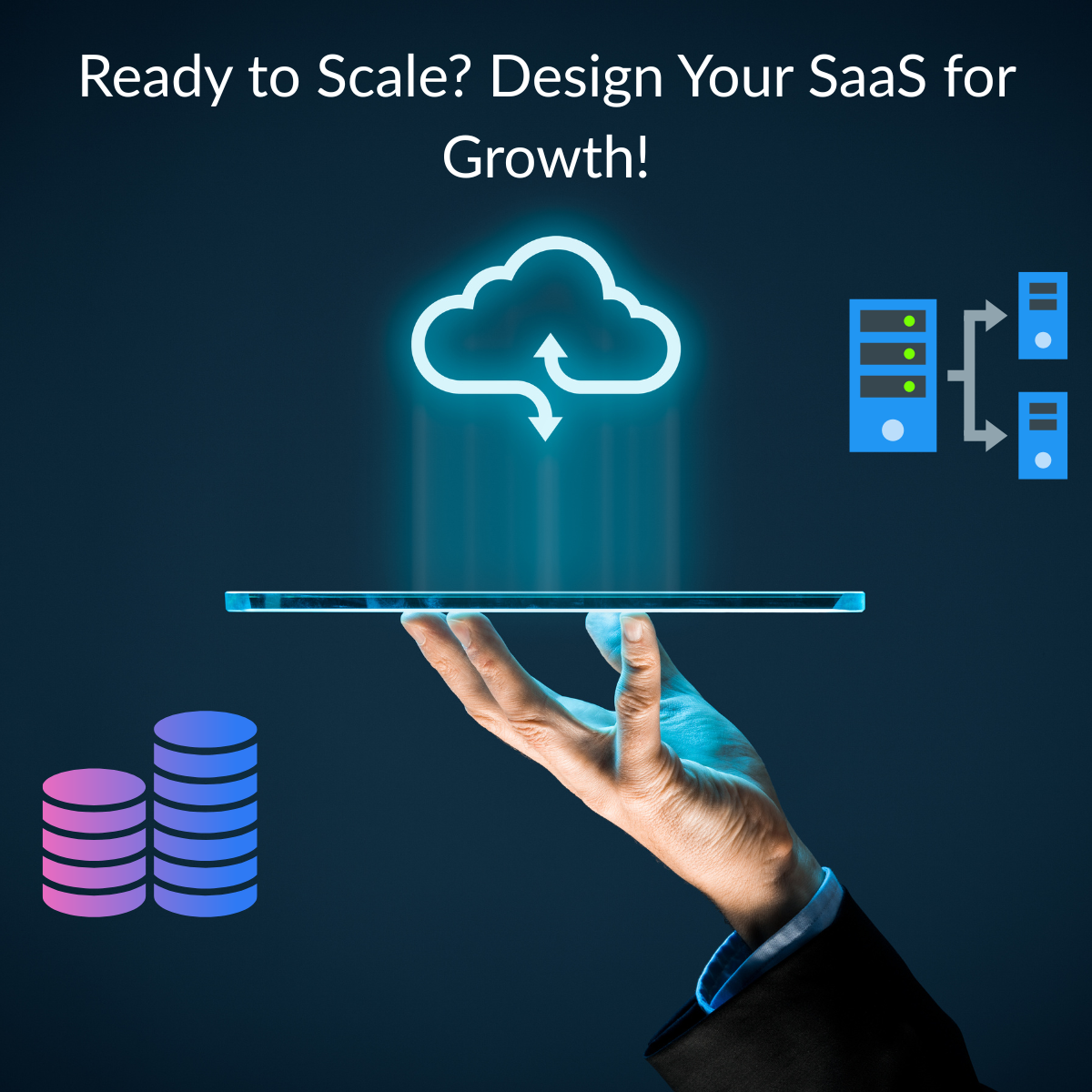Posted At: Aug 15, 2025 - 382 Views

🚀 Designing a Scalable SaaS Architecture: Principles, Components, and Best Practices
Scalable architecture is the foundation of any successful Software-as-a-Service (SaaS) platform. It ensures that your system can handle increasing users, transactions, and data without compromising performance or user experience.
By following the right architectural principles, SaaS providers can achieve reliability, cost-efficiency, and high availability—all while preparing for future growth.
🎯 Key Principles of Scalable SaaS Architecture
1️⃣ Modularity & Decoupling
Break your application into independent modules or microservices that communicate via APIs.
- Benefit: Scale specific services without impacting the whole system.
2️⃣ Statelessness
Keep application components (especially API servers) stateless—no client-specific session data is stored locally.
- Store session info in Redis, Memcached, or similar scalable stores.
- Benefit: Easy to add or remove instances during scaling.
3️⃣ Horizontal Scaling
Scale out by adding more servers/containers instead of scaling up a single machine.
- Benefit: Better cost efficiency and fault tolerance.
4️⃣ Automation
Automate deployment, scaling, monitoring, and recovery.
- Use CI/CD pipelines and infrastructure-as-code tools (Terraform, Ansible, Kubernetes).
- Benefit: Reduces human error and speeds up operations.
5️⃣ Asynchronous Operations
Offload long-running or non-critical tasks using message queues (RabbitMQ, Kafka, AWS SQS).
- Benefit: Improves responsiveness and prevents blocking main workflows.
6️⃣ Data Partitioning & Sharding
Distribute data across multiple servers using range-based, hash-based, or geo-based sharding.
- Benefit: Better query performance and reduced database bottlenecks.
7️⃣ Caching Strategies
Implement caching at multiple layers:
- Browser caching
- Content Delivery Network (CDN)
- Application-level caching
- Distributed caching (e.g., Redis)
- Benefit: Reduces database load and speeds up responses.
8️⃣ Load Balancing
Use load balancers to distribute traffic evenly across multiple instances.
- Benefit: Prevents overload on a single server.
📌 Essential Components of a Scalable SaaS Architecture
- 🔖 Load Balancers – Evenly distribute requests.
- 🔖 API Gateways – Manage API traffic and routing.
- 🔖 Stateless Microservices – Independent, modular services.
- 🔖 Scalable Data Stores – Databases that scale horizontally.
- 🔖 Distributed Caching Layer – Speed up data access.
- 🔖 Message Queues – Enable async processing.
- 🔖 Object Storage – Efficient file storage (AWS S3, Azure Blob).
- 🔖 Content Delivery Network (CDN) – Accelerate global content delivery.
- 🔖 Monitoring & Logging – Real-time visibility into system health.
- 🔖 Automation & Orchestration Tools – Kubernetes, Terraform, Jenkins.
🏆 Best Practices for Designing Scalable Architecture
- Plan for Growth Early – Avoid costly re-architecture later.
- Leverage Containerization – Use Docker/Kubernetes for portability.
- Implement Monitoring & Analytics – Detect and fix issues proactively.
- Prioritize Security – Protect data at every layer.
- Optimize for Performance – Reduce latency and increase throughput.
✅ Final Takeaway:
A scalable SaaS architecture is future-proof, efficient, and resilient. By applying these principles and best practices, you can ensure your platform meets rising demand without sacrificing reliability or speed.
